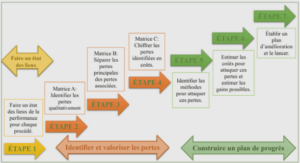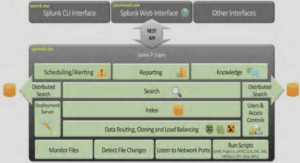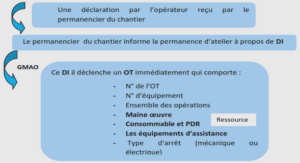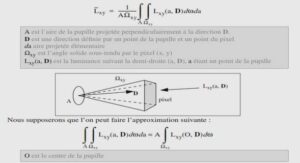Singular Lagrangian
To study the dynamic of a system that described by Lagrangian, we need to calculate the EulerLagrange equations that lead us to get Önally the motion equations, where all the accelerations are expected to be expressed in functions of positions and velocities as a standard model for treatment. On the other hand, if we do not reach this expection, it is obvious that we are dealing with the opposite case where our Lagrangian seemed to be singular. The dilemma is in this last type of systems which is characterized by constraints presence submitted on the initial data and assumed generally to be independent of time. Besides that the Lagrangian type may be predicted from the constraints, there exists a deÖnitive way to determine its quality from the determinant of what is known as the Hessian matrix . The singular Lagrangian expected to be treated in exception way that made physicists to search for methods to deal with it. The aim of this Örst chapter is to give an introduction to singular Lagrangian which is the main motivation that leads us to expose two e§ective ways to treat its systems as we will show in the next chapters, depending on simple and illustrative examples. However, this can not be approached directly without going through important concepts in analytical mechanics seemed to be related to what is known as the Lagrangian and the Hamltonian formalism that are descibed respectively in conÖguration and phase spaces.
Hamiltonian formalism
Starting from the Lagrangian and using the transformation of Legendre, we can construct the Hamiltonian wich is a new description much e§ective in symmetric systems than lagrangian formalism. It depends on moving from the conÖguration space with n dimensions to the phase one with 2n dimensions, by remplacing the n generalized velocities q_i according to the momenta pi deÖned in (2.3 ), where i = 1; :::; n. Thus, the Hamiltonian experssion is given as follows
Singular Lagrangian
The determination of Lagrangian quality depends on the determinant of the Hessian matrix, that can be constructed from the di§erential derivative of momenta with respect to velocities, where pi = pi (qi ; q_i) deÖned by (2.3) in a system with N number of freedom degrees according to the Lagrangian L (qi ; q_i), i = 1; :::; n , as follows
Diracís method for systems with constraints
Hamiltonian of constrained systems represents an important class of physical systems described by singular Lagrangians. In this case, our conjugate momenta will not all be invertible with respect to velocities as already mentioned in the previous chapter.The Hamiltonian can be always formulated by the Legendre transformation, but in singular systems, it must be corrected so that it contains the constraints in question multiplied by what is called Diracís multipliers. As a result,the canonical Hamiltonian equations changed automatically to be equivalent with Euler-Lagrange equations. Dirac was the Örst who succeeded in treating singular systems by standard and consistent manner [1]. In Diracís formalism, the inherent constraints would be generated and called primary constraints. Due to the consistency conditions, these primary constraints may generate new constraints, called secondary constraints.This iterative way of calculating the di§erent constraints in the Dirac formalism is called the Dirac-Bergmann algorithm that ends when we determine Diracís multipliers. The Poisson brackets must be replaced by another brackets called Dirac brackets which are more adequate in the presence of constraints. Thus, the aim of this chapter is to expose this algorithm step by step till we will end with Dirac brackets determination that may lead us to correct quantizations of constrained systems
Primary constraints and the new Hamiltonian formalism
In a system that desccribed by a singular Lagrangian in wich det W = 0, and the conjugate momenta are deÖned by (2.3), may not all be invertible to velocities.We canít work directly by standard way to get the Hamiltonian equations as we did above. Therefore, we use Diracís method to Öx the problem starting on constructing contraints as follows: the momenta are not all independent, but there are rather some relations of the type m (q; p) = 0 called primary constraints, that was obtained automatically from the canonical deÖnition of momenta pi = @L=@q_i , i = 1; ::::; n. where M is the constraints number m (q; p) = 0; m = 1; ::; M where q = (q; p) and M = dim(W)





